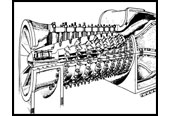 |
19501960Engineers at the Lewis laboratory pursued
development of an axial flow compressor for jet engines that
improved efficiency by an order of magnitude. This research
became the basis of the modern high bypass jet turbofan.
|
 |
|
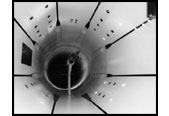 |
1951The Slotted Throat Transonic Wind Tunnel, a revolutionary
step in the field of aerodynamics, demonstrating much less
wall interference and providing reduced choking effects,
became operational. Experiments were run in 1947 on 12-inch
models of the tunnel to verify the concept.
|
 |
|
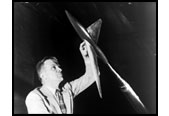 |
1951Richard T. Whitcomb of NACA Langley Research
Center determined the transonic Area Rule that explained
the physical rationale for transonic flow over an aircraft.
This concept is now used in designing all transonic and supersonic
aircraft.
|
 |
|
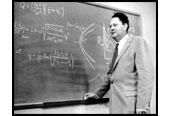 |
1951H. Julian Allen of Ames Research Center
near San Francisco, California, develops blunt-body reentry
theory. The foundation of all reentry vehicles, this theory
showed that a blunt body would survive the harsh environment
of reentry, experimentally verified in 1953.
|
 |
|
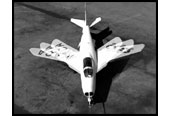 |
1952Variable sweep research began. A variation
of the swept wing theory, the variable sweep wing mechanically
adjusted to different sweep angles to conform to either subsonic
or supersonic flight.
|
 |
|
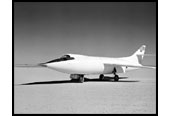 |
1953D-558-2, flown by Scott Crossfield, was
the first aircraft to break Mach 2, or twice the speed of
sound. The achievement culminated a joint Navy/NACA high-speed
flight research program.
|
 |
|
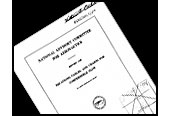 |
1953NACA Report R1135, Equations, Tables,
and Charts for Compressible Flow, a bible for compressible
flow aerodynamics, was published.
|
 |
|
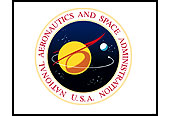 |
October 1, 1958National Aeronautics and Space
Administration (NASA) was formed. The 1958 Space Act was signed,
establishing NASA as the organization responsible for both
aeronautics and astronautics. NACA formed the core of this
new space agency with other organizations from the Army and
the Navy.
|
|
|
back to the top
|



















